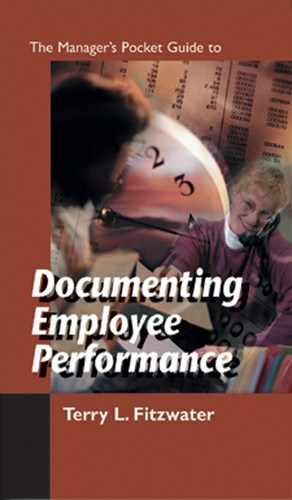THE EMPLOYER AUDIT TO ASSESS LIABILITY
,An important preliminary to using the guidebook is the completion of the following worksheet, “Employer Audit to Assess Liability.” A “no” response to any question signals the need for you to investigate your organization’s current methods for dealing with the issue in question. For example, if your answer to “Do you suspend before termination of employment?” is “No,” then you should find out how termination is currently handled, as your organization may not be able to demonstrate due process (more about due process will be explained in Chapter 1). Your answers will provide you with a good measure of your potential vulnerability on the legal front. The more “no” responses you have, the greater your risk of indefensible actions.
The Audit Team
I suggest that you assemble an audit team and charge it with the responsibility of investigating negative findings and recommending changes. A good format for the audit work would present each problem finding followed by the recommendations. Here is an example:
Question Receiving Negative Response:
Do new hires sign a form acknowledging they have read and understand the employee handbook?
Recommendations:
— Establish a new-hire signing policy.
— Place at the end of the manual a signature block acknowledging receipt and understanding of handbook.
— Human resources will place signed document in employee’s file.
Even if you answer “Yes” to most of these questions, you should use an audit team to ensure you are following through as intended. Be sure to audit yourself at least once a year to maintain your readiness.
— WORKSHEET —
EMPLOYER AUDIT TO ASSESS LIABILITY
Directions: Read the following questions and check off your answer. A “no” response signals the need for you to investigate company methods.
Whether your answers were predominantly positive or negative, you will find this guidebook of value. It is designed to present a picture of the entire disciplinary process, not just pieces of the process. It also gives you an updated approach to an issue that has affected businesses and their employees since the day any business decided to open its doors.
You now know my purpose, and have an idea of how to use this book as a management tool. But a tool to do what? To help protect the company against frivolous legal actions and to bring about positive change. With that in mind, we’ll now turn to the issue of discipline itself—what it is and what it is not—and other definitions essential to legal, effective discipline and documentation.
